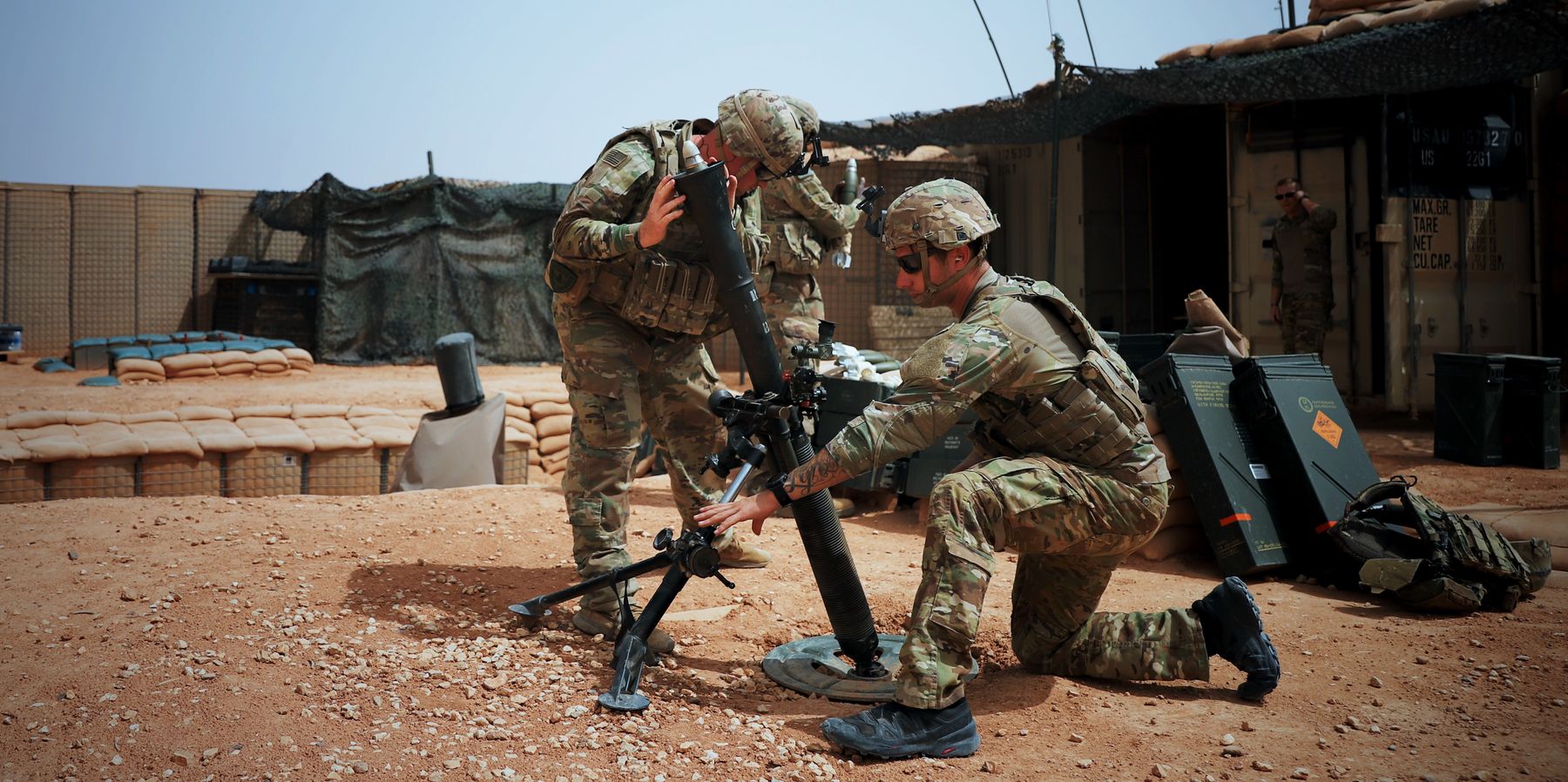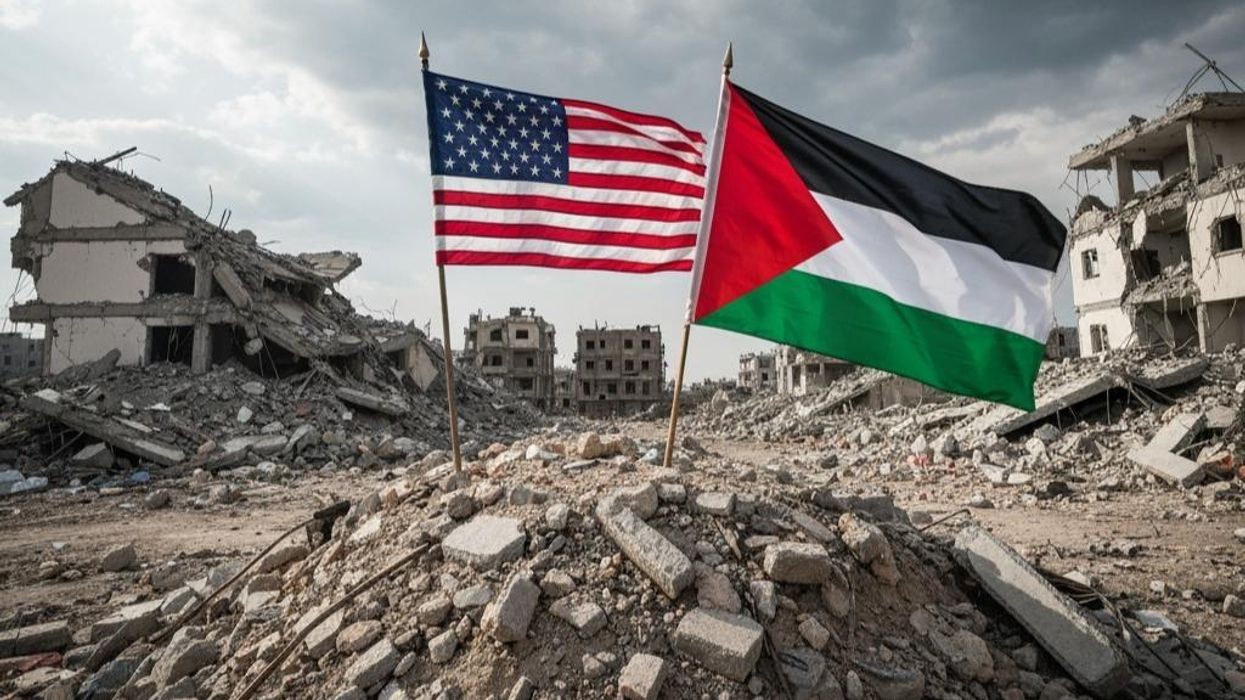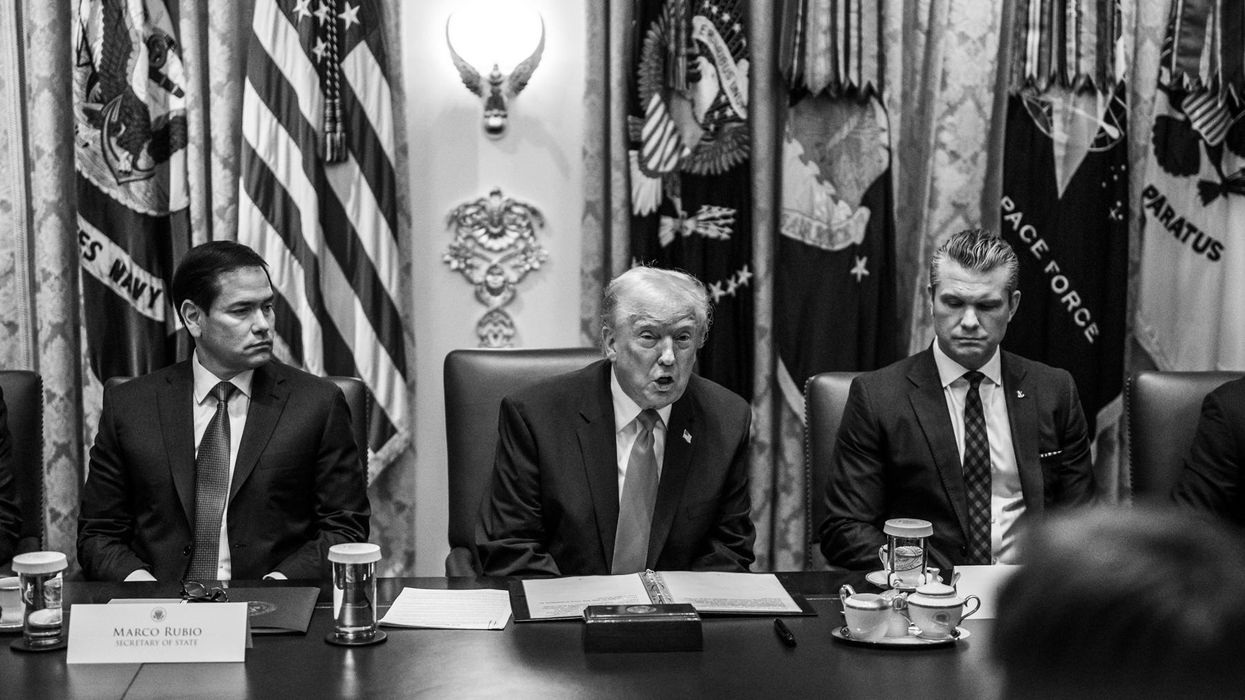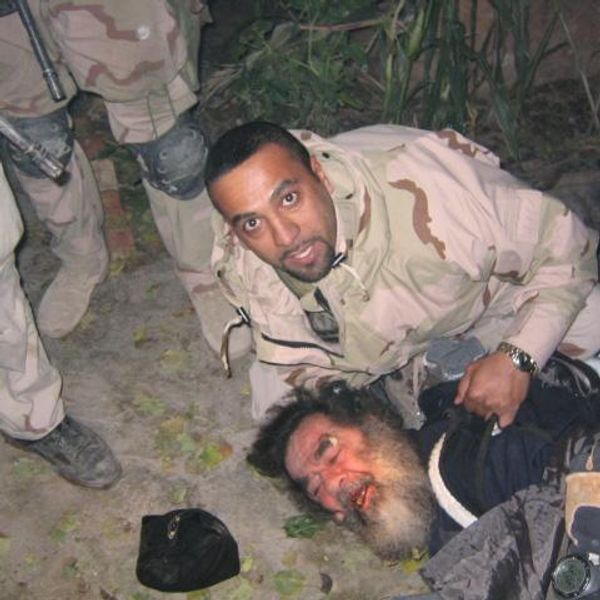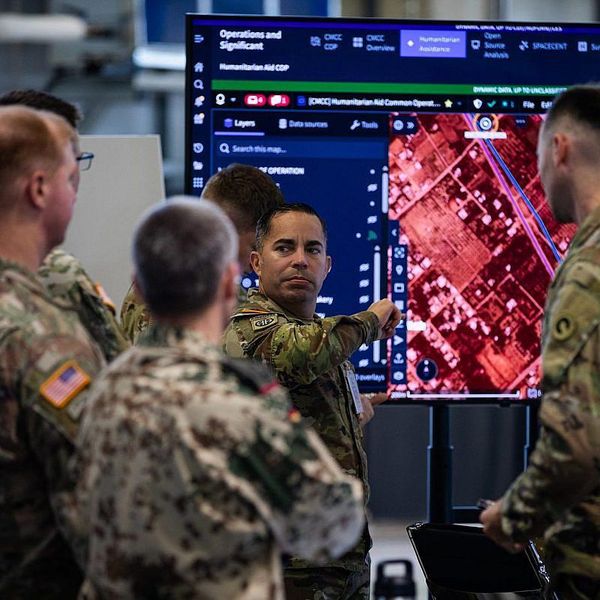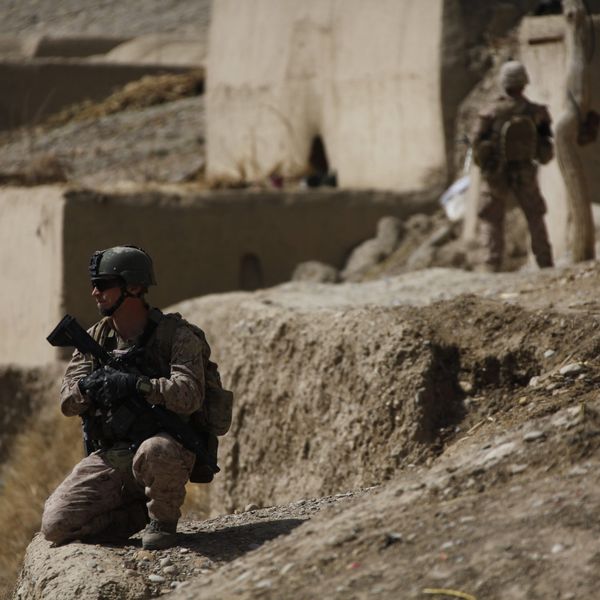With Israel’s invasion of Gaza inching toward the possibility of a long-term ceasefire, if not a formal resolution, we can begin to draw certain conclusions about the strategic course of the latest Middle Eastern conflagration.
Above all, despite inflicting widespread destruction on the impoverished Gaza Strip, Israel’s stated maximalist objective of destroying Hamas appears firmly out of reach. While part of this failure to strike a decisive blow follows from the inherent difficulty of counterinsurgency operations, Hamas’s major allies — Iran, Hezbollah, Yemen’s Houthis, and Shia Islamist militias in Iraq — also played a significant role. Crucially, these forces, constituting a loose coalition called the Axis of Resistance, are pressuring Washington to push Israel to the bargaining table by striking American weak points in the Middle East.
Central to the Axis of Resistance’s apparent logic in the latest conflict, and its struggle against the U.S.-Israel alliance more generally, lies the inescapable fact that its enemies possess overwhelming military, technological, and economic advantages. Yet the very global primacy of the United States that underlies this disproportion can make Washington uniquely vulnerable to smaller, more tactically nimble opponents.
The regional ripples of the current war make this vulnerability especially clear. Rather than face the U.S. and Israel head-on, Iran and its allies took advantage of the overstretched American position in the Middle East. The efforts of Yemen’s Houthis in the Red Sea provide perhaps the most dramatic illustration of this asymmetrical strategy. Central to the United States’ international status is its naval dominance, which has allowed American policymakers to confer on their nation the mantle once worn by Britain in its imperial heyday: global manager and guardian of seaborne commerce.
With just a few cheap drones and missiles, the Houthis instituted an effective blockade of the Red Sea, thus challenging this U.S. claim to be the worldwide arbiter of freedom of navigation. While U.S. forces have apparently proven relatively effective in destroying Houthi projectiles once launched, even President Joe Biden has admitted that U.S-UK airstrikes on Houthi positions in Yemen have largely failed to degrade the group’s capacity for action.
According to one metric, as of this writing the volume of traffic moving through the Red Sea’s Bab al-Mandeb strait, as measured by weight, remains less than half of what it was this time last year.
Elsewhere in the Middle East, other members of the Axis of Resistance similarly turned building blocks of American global preeminence into liabilities for Washington. In Iraq, Islamist Shia militias, formally integrated into the country’s military as components of the Popular Mobilization Forces (PMF) even as they sustain close links with Iran, have maintained a steady stream of attacks against U.S. military infrastructure.
Though the U.S. withdrew from Iraq in 2011, its forces returned in 2014 as part of the battle against the Islamic State in Iraq and Syria (ISIS). In the minds of American planners, the bases thus established both bolster the U.S. presence in the world’s major oil-producing region and its efforts to contain Iran. Now, though, they look more like sitting ducks than strategic assets.
In fact, reflecting the entwinement of the Axis’s goal of relieving pressure on Hamas with the narrower interests of its constituent parts, the consistent series of militia attacks likely contributed to Washington’s recent ascension to formal negotiations with Iraq over a phased withdrawal of American troops — 2,500 of which remain in the country despite a 2020 resolution by the Iraqi parliament calling for their removal.
The international struggle against ISIS also presented the U.S. an opportunity to gain a foothold in conflict-torn Syria, where American arms and training for rebel factions helped fuel a brutal civil war. The main U.S. presence in Syria is concentrated in the country’s oil-rich northeast, though American forces also control the strategically vital al-Tanf border crossing with Iraq.
The roughly 900 American troops in the country assist U.S.-allied Kurdish forces and allow Washington to deprive the Syrian state of critical oil revenue. But, like their counterparts in Iraq, they have lately been at the mercy of drone and rocket strikes, largely from the aforementioned Iraqi PMF. Indeed, analogous to the situation in Iraq, the precarity of U.S. positions in Syria as driven home by these assaults has reportedly spurred debate within the Biden administration about an American departure from that country as well.
While such attacks in the Red Sea, Iraq, and Syria demonstrate the upside of the Axis of Resistance’s regional campaign, its asymmetrical calculus is not without risks. Perhaps the best illustration of this was a recent drone strike, undertaken by Iraqi militia, against a secretive U.S. base in Jordan, near that country’s tri-border region with Iraq and Syria. The attack killed three American troops, the first U.S. combat casualties in the present conflict.
This result set off alarm bells in Tehran (and prompted the most wide-ranging series of American strikes yet against targets in Iraq and Syria). Central to the Axis’s overall strategy, coordinated, if not — as many Western commentators insist — wholly directed, by Iran’s national security apparatus, is the need to avoid full-scale conventional war with the United States. Without even factoring in the massive power disparity with the U.S., Iran’s elite, in particular, can ill afford such a confrontation right now. The state is beset by a crisis of legitimacy, enflamed by its propensity for repression, and the nation’s economy faces deep-rooted challenges, due in part to punishing American sanctions.
As a result, Iran has taken steps to, temporarily at least, mitigate the chance of open conflict with the U.S. — most notably by curtailing strikes by PMF groups against American targets in Iraq.
Yet, in taking that step, Iran’s leaders likely feel secure in the knowledge that, despite the delicate balance required to tiptoe around the possibility of full-blown escalation, the Axis of Resistance’s regional calculus has paid off significantly. In undertaking their broader campaign against the U.S., Hamas’s regional allies leveraged Israel’s intense dependence on its American patron. Without American support, Israel cannot hope to continue any major military campaign for very long — it is thus critically susceptible to pressure from Washington.
While public opinion also plays a major role, the shower of blows rained upon American positions in the Middle East over the past few months has likely factored into U.S. policymakers’ efforts to steer Israel away from its most maximalist aims and toward negotiations.
Enabling both Israel’s brutal assault on Gaza and the Axis of Resistance’s ability to exert pressure on Tel Aviv through the U.S. are, of course, Washington’s imperial ambitions. Iran and its allies have, unwittingly, presented American policymakers with a precious opportunity to pivot away from the kind of unilateralist overreach that, in large part, structures the present conflict. In doing so, they could begin to craft the kind of constructive foreign policy that puts the needs of U.S. citizens first — precious few Americans, after all, want to stumble into another Middle Eastern "forever war" just because of a few drones launched by Iraqi militias.
And, perhaps most crucially, such a shift could perhaps prevent the kind of destruction unleashed on Gaza over the last few months — its scale a horrifying corollary to the depth of hubris that fuels American great power pretensions.
- Iran’s political factions aren't united on Hamas, or the Middle East ›
- US is barreling toward another war in the Middle East ›

